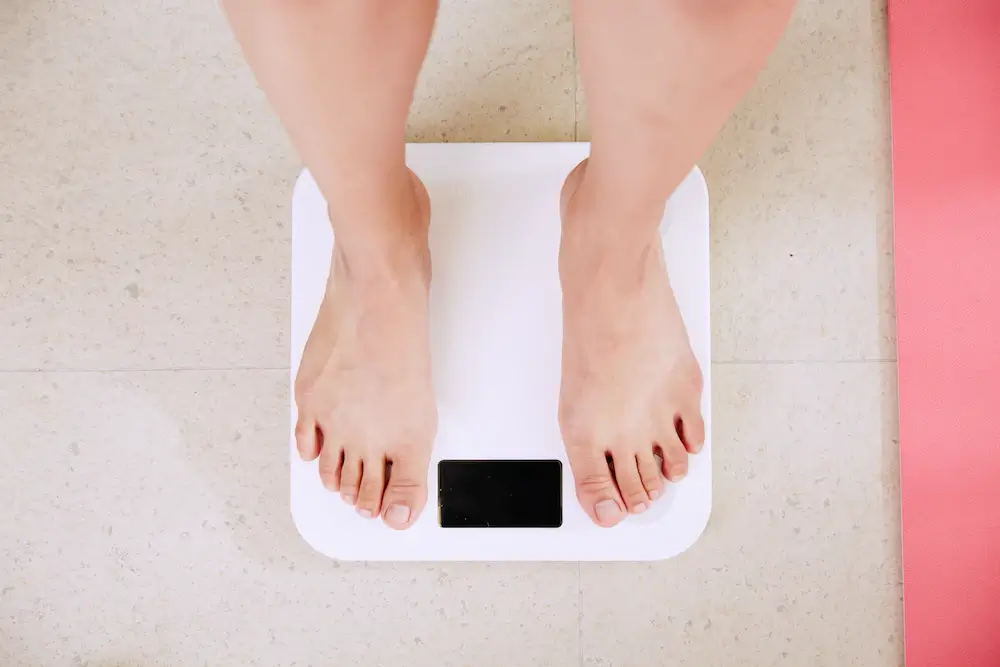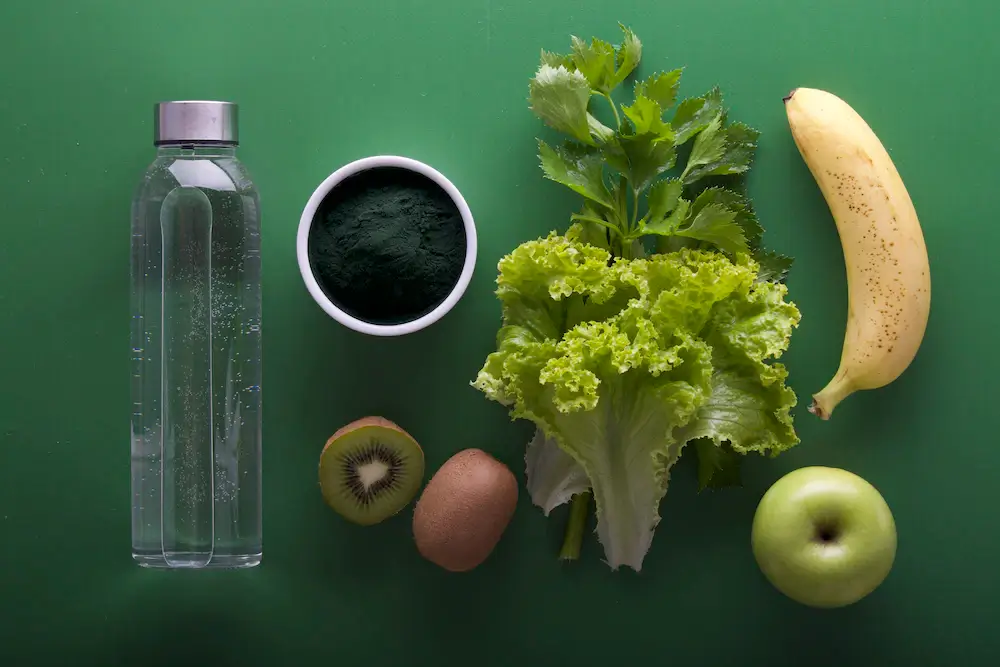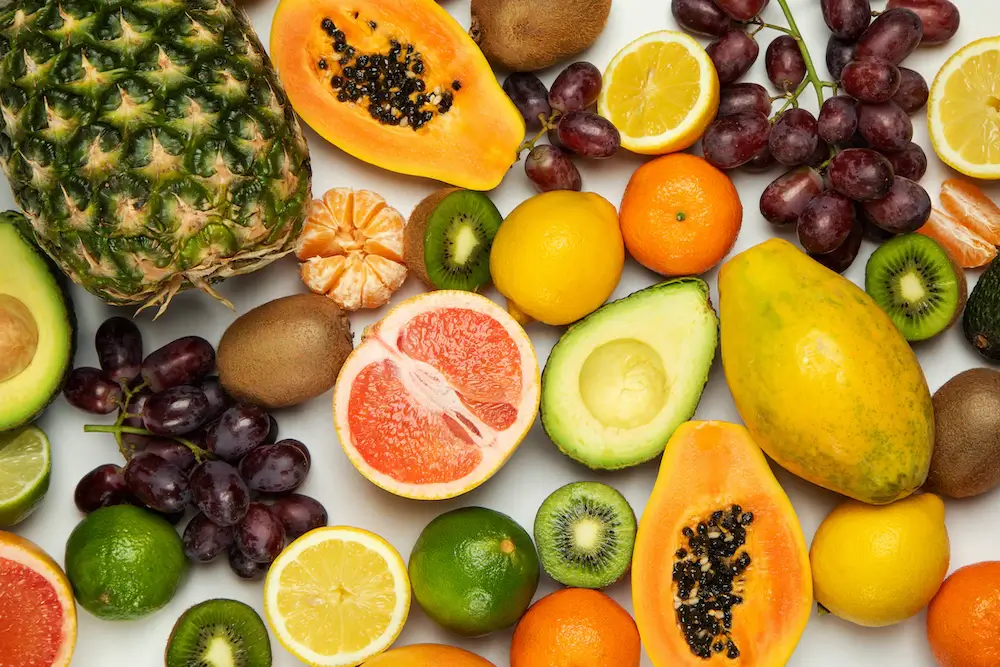As much as ketosis could be a therapeutic health measure, it is also a medium for you to achieve weight loss. The ketosis state is easily reached on a low-carb and high-fat diet, and this conditions your body to burn off fats as the main source of energy instead of carbs.
Many people prefer adopting the keto diet for reasons such as improving blood sugar levels, appetite reduction, and maintenance of body mass. But the real question is; what is the specific ketone level to achieve the needed weight loss? This piece borders on the ideal ketone levels to attain weight loss, and how to measure them.
What is the Ideal Ketosis Level for Weight Loss?

When you start the keto diet, your body takes some days to exhaust its carbs which your liver and muscles store as glycogen. Once this happens, your body then produces ketones from the stored body fat or dietary fat to burn as energy.
After some time, ketone levels will be easily detected in your blood. The blood level ketone range is typically between 0.5 – 3.0 mg/dL. These levels are the optimal nutritional ketosis range, and this range is the ideal ketosis level to boost weight and fat loss.
Ketones are usually generated by the liver as part of the fatty acid metabolism process. In healthy conditions, these ketones are fully metabolized, leaving very few, if any, ketones in the urine. If the body is unable to obtain sufficient glucose for energy for whatever reason, it will switch to utilizing body fats, resulting in an increase in ketone generation and the detection of ketones in the blood and urine.
More so, you must check your ketone levels even if you are keeping tabs on your weight. This is because tracking your weight alone simply gives you part of the “bigger picture.” For instance, muscle increment contributes to your body weight, but it could also indicate improved health.
Thus, tracking your ketone level helps you to be sure of how effective your diet has been and whether you need to make some alterations. Technically, it shows how effectively your burn off fats.
What is Optimal Ketosis and What Do the Test Results Mean?

As earlier mentioned, the optimal ketosis level is 0.5 – 3.0 mg/dL and it is also the best ketone range for weight loss. To enter ketosis, you must have eaten fewer than 50 grams of carbs within the range of 2 to 4 days. This is the normal range.
On the contrary, some people may take longer periods to reach ketosis and this depends on several factors such as protein intake, metabolism, age, fat, and the likes. The state of ketosis reaches people differently, and it is best to always run a test to check for ketone levels in the body. It could be either a blood or urine test. This means you can keep track of the improvement of your ketone levels as you immerse deeper into ketosis.
Moreover, it is possible to not reach ketosis after being on a ketogenic diet for quite a while. This could be as a result of not cutting down enough of your carbs intake, eating too much protein, and the likes. Consuming much protein could condition your body to use the gluconeogenesis process of converting amino acids to sugar. Too much sugar can hinder the production of ketones in the body.
How To Reach Optimum Ketone Levels?
To achieve optimal ketone levels, you would have to restrict your carb intake. Most persons who are on a keto diet restrict their carb intake to either 50 grams of total carbs, 25 grams of net carbs, or even fewer than that daily.
For those who don’t know, net carbs refer to the total number of carbs minus the amount of fiber. Your body would not start the production of ketones on its own until it burns through your glycogen stores. This wouldn’t also happen unless you cut off your body’s supply of dietary carbs.
As soon as you shift into ketosis, your body will be able to produce ketones for energy from either stored body fat or dietary fat.
Nutrition Tips to Reach Ketosis

Increasing physical activity
Exercise is an amazing way to deplete the glycogen stores in your body. Most of the time, the glycogen stores get replenished when a person consumes carbs. When a person is on a low-carb diet, they will not be replenishing their glycogen stores.
Increasing healthful fat intake
As your carbohydrate intake decreases, you can replace it with an increase in healthful fats. Some facts that you can consume are olive oil, flaxseed oil, avocados, and avocado oil.
Consuming more coconut oil
Coconut oil is essential in helping a person not only reach but also maintain a state of ketosis. A recent study showed that adding coconut oil to your diet may help people increase their ketone levels. Coconut oil contains fats known as medium-chain triglycerides. The body can quickly absorb this fat and send them to the liver where they are turned into ketones or energy.
Maintain adequate protein intake
Achieving ketosis absolutely requires a protein intake that is adequate but not excessive. It is necessary to consume so that the liver can be supplied with amino acids where it would be used for making glucose for energy. During the process, your liver will provide glucose for cells and organs in your body that cannot use ketones as fuel.
Test your ketone levels and adjust your diet as needed
Just like a lot of things in nutrition, maintaining or achieving a state of ketosis is highly individualized. Thus, it is quite helpful to test your ketone levels just to make sure you are achieving your goals. This will help to determine whether or not your diet requires any adjustment. More so, this is also necessary for those who already know what the Ketogenic diet is.
Dietary Conditions That May Impair Ketosis

One important aspect of the keto diet is personalizing it to your preferences, goals, and lifestyle. It is important to adjust your diet to fit these aspects of your life. This will make it easier to achieve and maintain the desired result.
Some diets that may impair ketosis are:
Foodgrains
Grains like whole wheat flour, wheat flour, and oatmeals are really high in carbohydrates which can hinder the process of ketosis. Although they can be consumed in limited quantities, it is still advisable to avoid them since they contain a high level of carbohydrates. Some of them to avoid are rice, rye, barley, corn, and quinoa.
Fruits
Some fruits to avoid on a keto diet are grapes, dates, peaches, raisins, pears, and mangoes to mention but a few. These could hinder the process of ketosis.
Vegetables
Some non-keto-friendly vegetables to avoid are corn, carrot, peas, potatoes, baked potatoes, etc.
Legumes and Beans
Although legumes and beans are nutritious, they contain a high amount of carbohydrates. Avoid legumes and beans like lentils, green peas, labia, kidney beans, etc.
Beverages
The majority of drinks we consume are high in sugar and carbs and these could hinder ketone formation in the body. Some of them you should avoid are energy drinks, soda, margaritas, cola, iced tea, protein shakes, etc.
In conclusion, your body begins to use ketones as fuel as soon as you get into ketosis. If you have adopted a Ketogenic diet for weight loss, getting into ketosis is vital in achieving that goal. Ensure to cut down on carbs intake, exercise, and eat keto-friendly foods. Moreover, don’t forget to test your ketone levels to check your progress.













